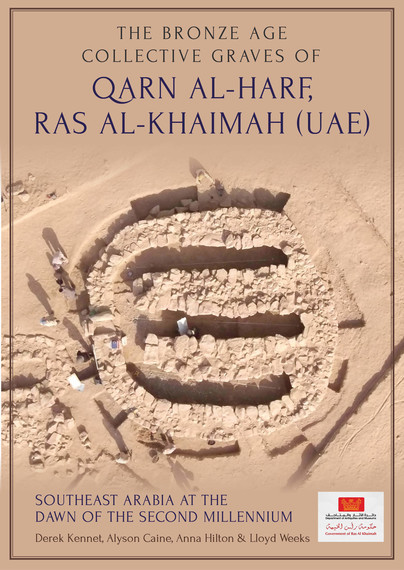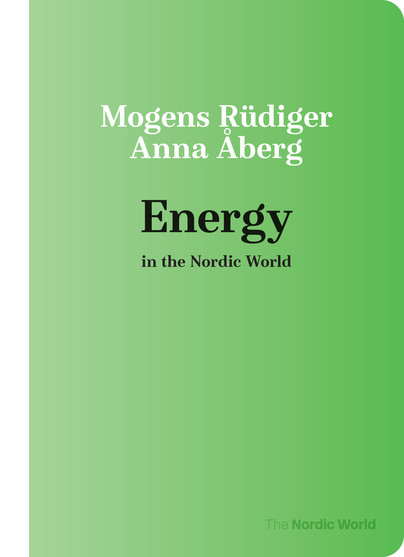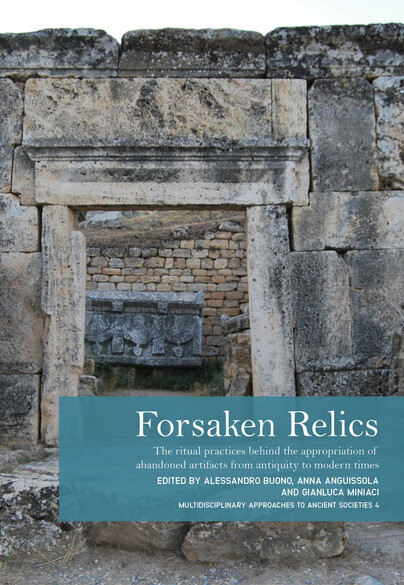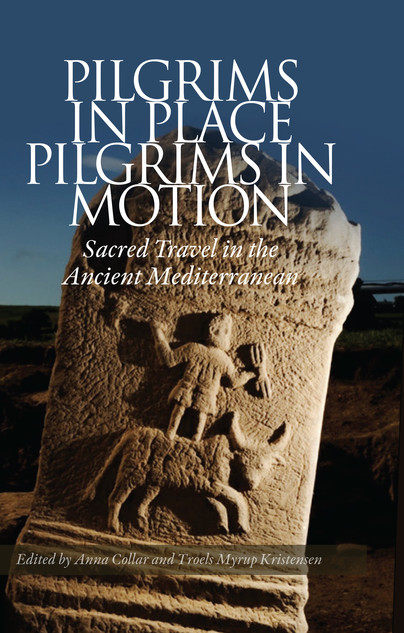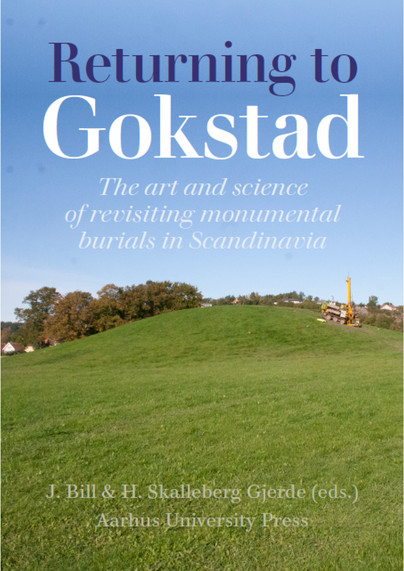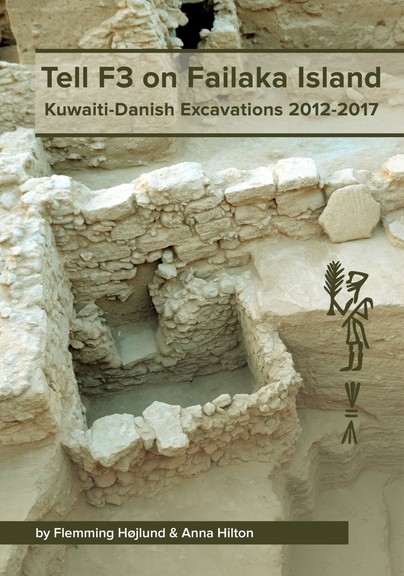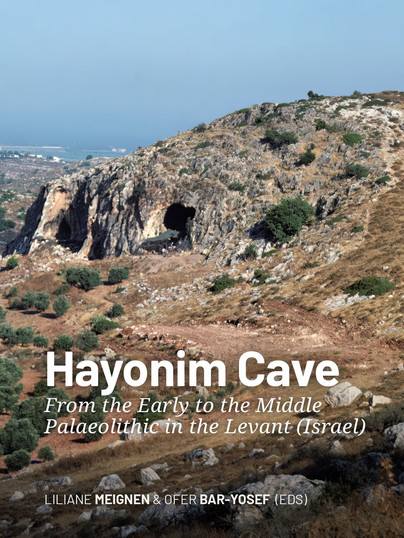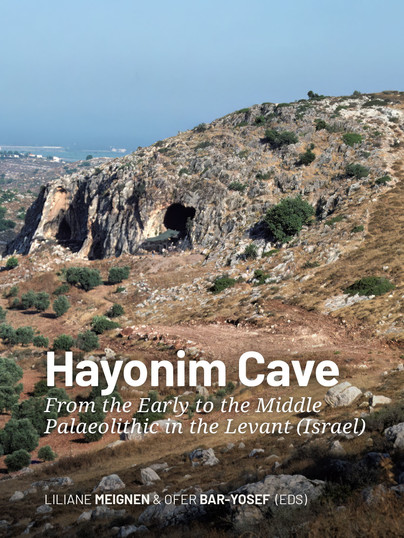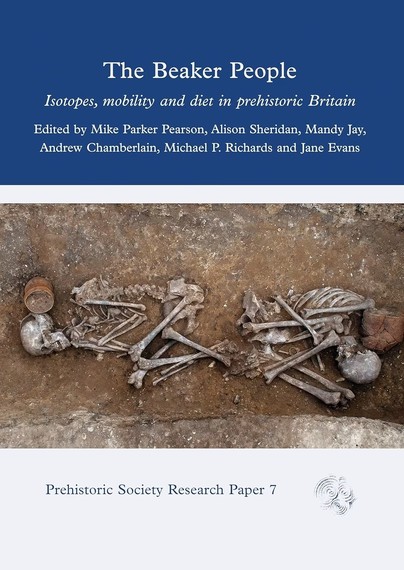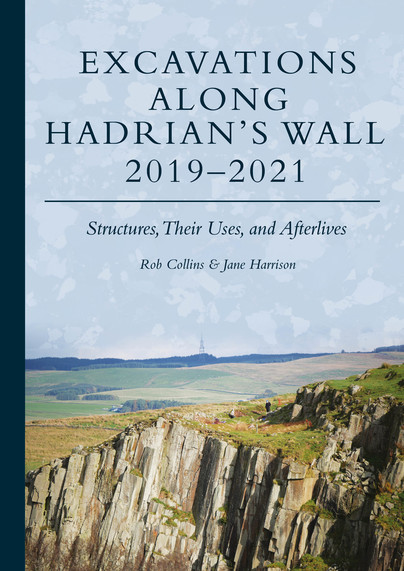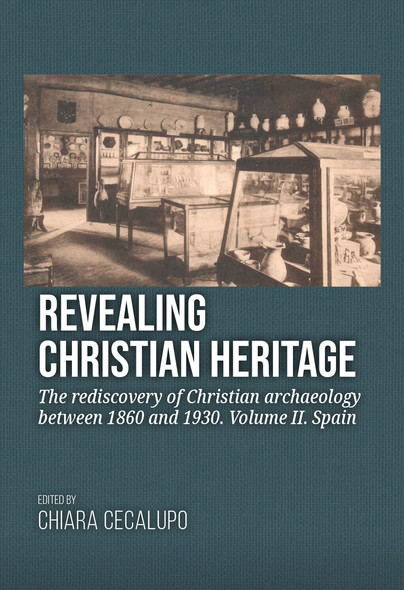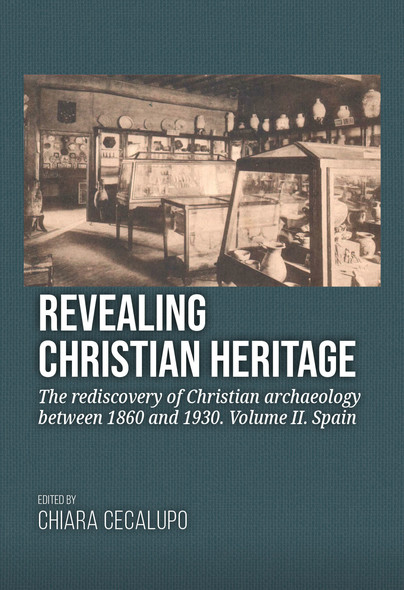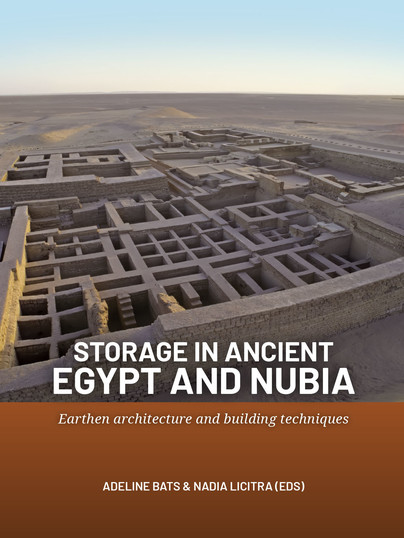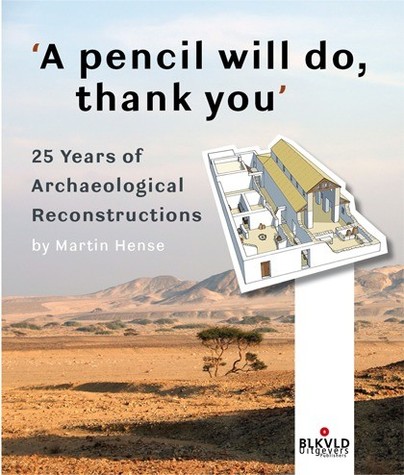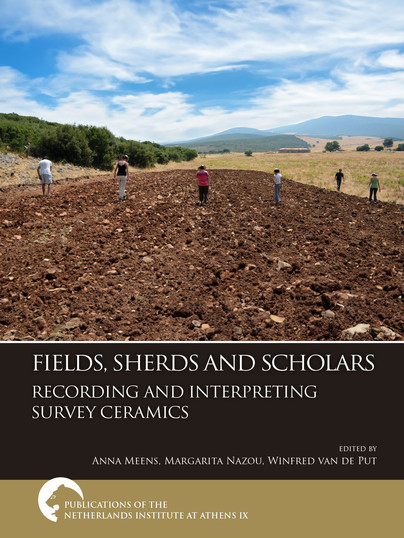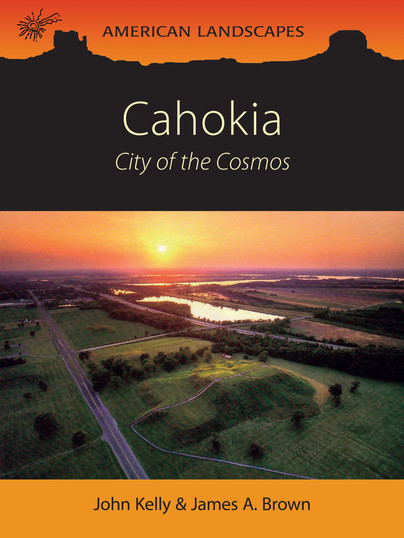
Format: Paperback
Pages: 256
ISBN: 9781785708855
Pub Date: 31 Dec 2024
Imprint: Oxbow Books
Series: American Landscapes
Illustrations: b/w and colour
Description:
The large American Indian city of Cahokia sits amidst a diverse natural landscape within the larger central Mississippi river valley. Well positioned on the rich agricultural soils of the Mississippi river bottomlands of the Amercan Bottom it is at the core of a cultural landscape that its residents helped shape. In this volume the editors and authors attempt to not just focus on Cahokia and its configuration but also the other towns and settlements dispersed throughout the region extant for nearly four centuries.

